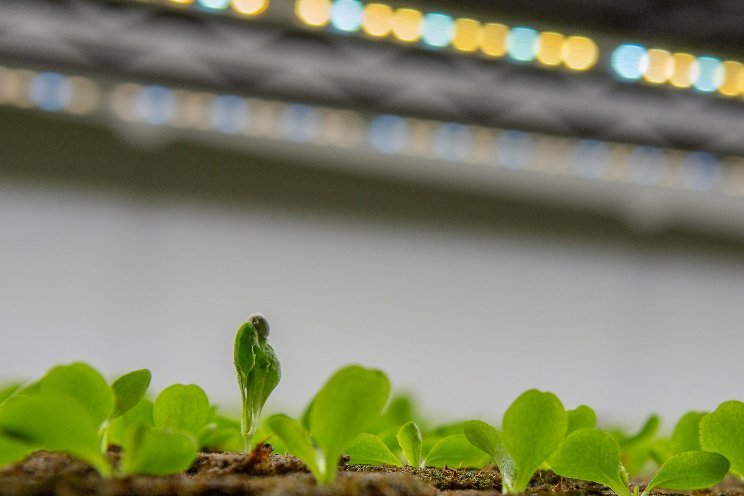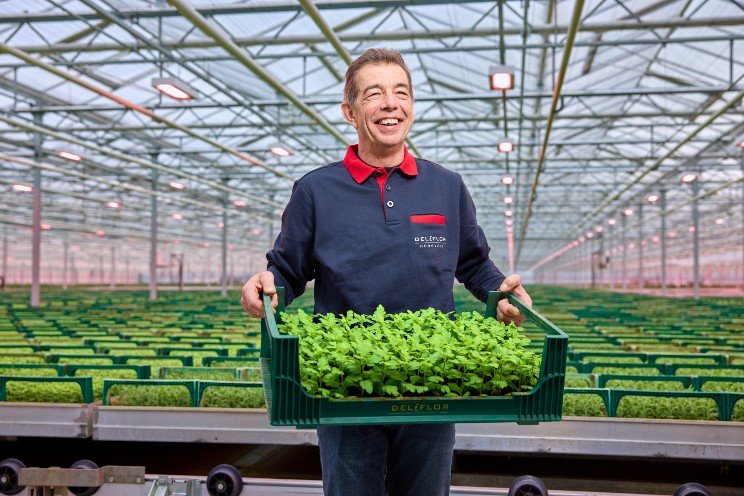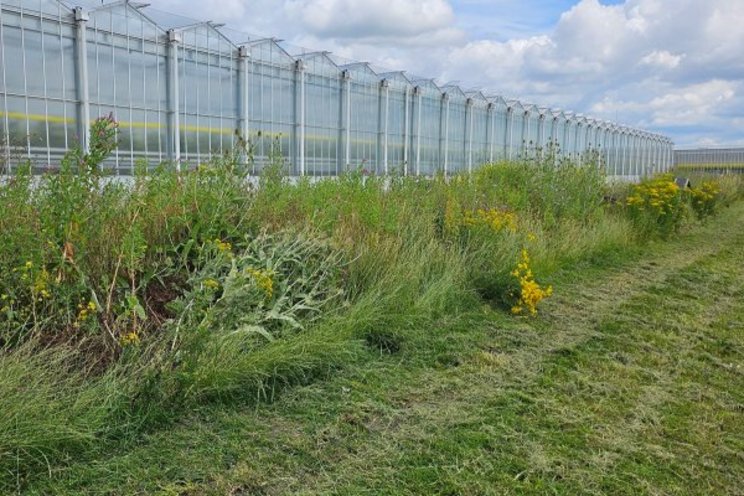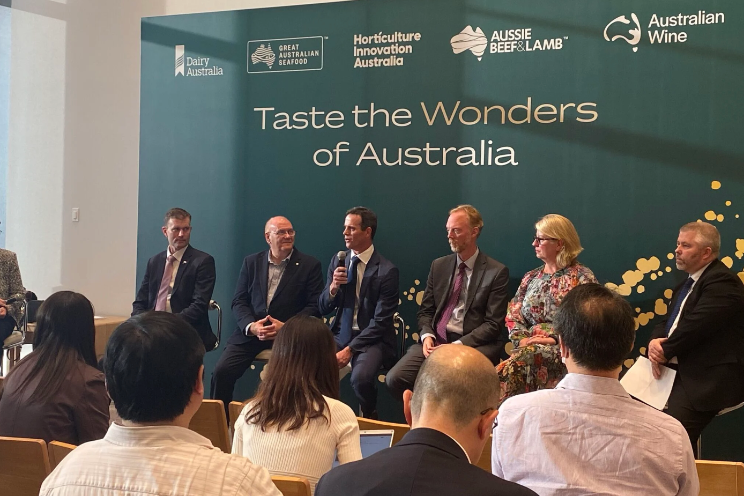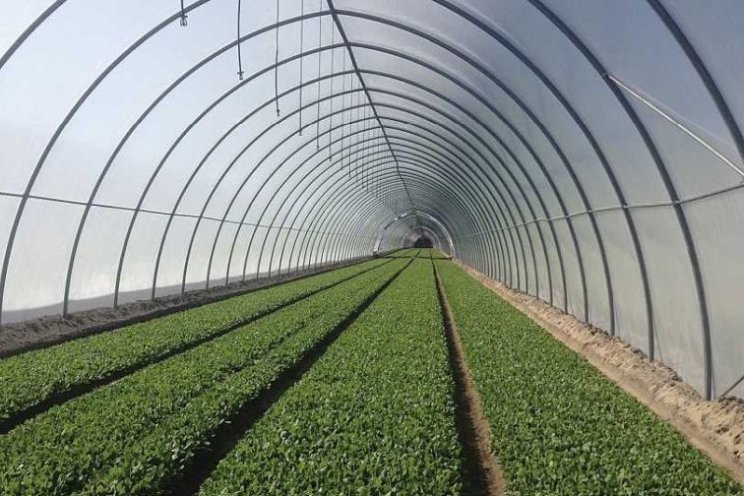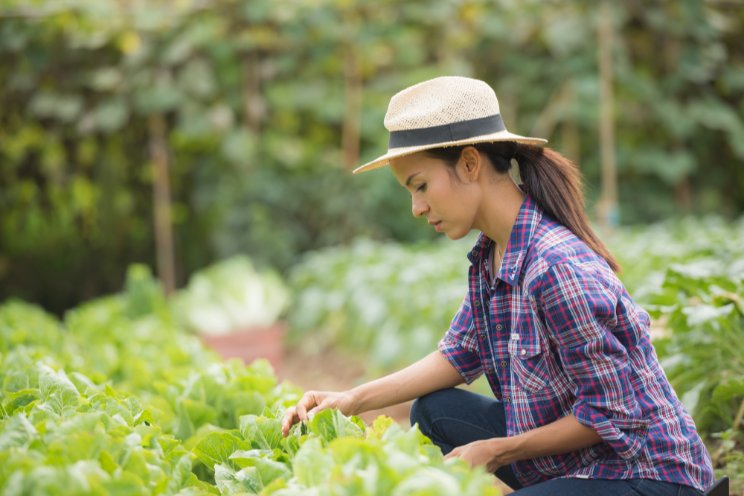The root zone environment in hydroponic production
Added on 31 October 2022
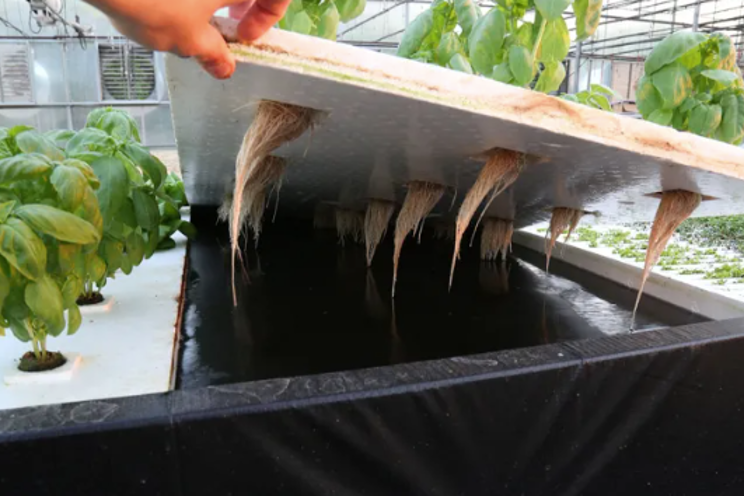
When it comes to hydroponic vegetable production the root zone environment, including oxygen levels and root temperature, play a critical role in the success of the crop.
“For true hydroponics, which would include deep water culture and nutrient film technique (NFT), both have different oxygen profiles,” said Neil Mattson, greenhouse horticulture professor at Cornell University. “Typically with NFT, there is near saturation with oxygen because of mechanical aeration from the water recirculation that is occurring. The water that is pumped through an NFT system and is emitted by spaghetti tubing becomes essentially saturated with oxygen. This water is running across the plant roots continuously.”
Deep water culture, which usually has a sizable water reservoir, has a large storage capacity for dissolved oxygen.
“Deep water culture systems are less prone to temperature and pH swings,” Mattson said. “Growers looking to add oxygen to a deep water culture system have to actively add oxygen to make sure there is a sufficient level in the water.
“Typically growers do one of two things to add oxygen. The first option is to install a Venturi pump to bubble in outside air into the water reservoir and then distribute the oxygen throughout the pond. Oxygen doesn’t diffuse well through water so a grower has to make sure not to place the pump in one location and not distribute the oxygen throughout the pond. A grower also has to install tubing and a manifold system so that the oxygen is distributed to numerous points throughout the pond. Smaller growers tend to use the Venturi system.”
In addition to bubbling or pumping in air, growers with deep water culture systems can inject liquid oxygen or incorporate a nanobubble oxygen generation system.
“The oxygen comes either from tanks of liquid oxygen or from an oxygen-generation system,” Mattson said. “Growers who choose these options would still need a pond distribution system. But instead of using a lot of pumping capacity to bubble in the air (about 21 percent oxygen), the air would be circulated with a pump.”
Seasonal variations in oxygen levels
Mattson said growers using deep water culture need to monitor the oxygen level with a dissolved oxygen meter. The oxygen level should be adjusted over time as the crop is growing.
“Factors that affect the oxygen level in the water include the absorption of oxygen by the plant roots,” he said. “How quickly the oxygen is depleted depends on how quickly the plants are growing and the water temperature.
Photo Caption: Deep water culture production systems, which usually have a sizable water reservoir, have a large storage capacity for dissolved oxygen. Photo courtesy of Hort Americas
More news

